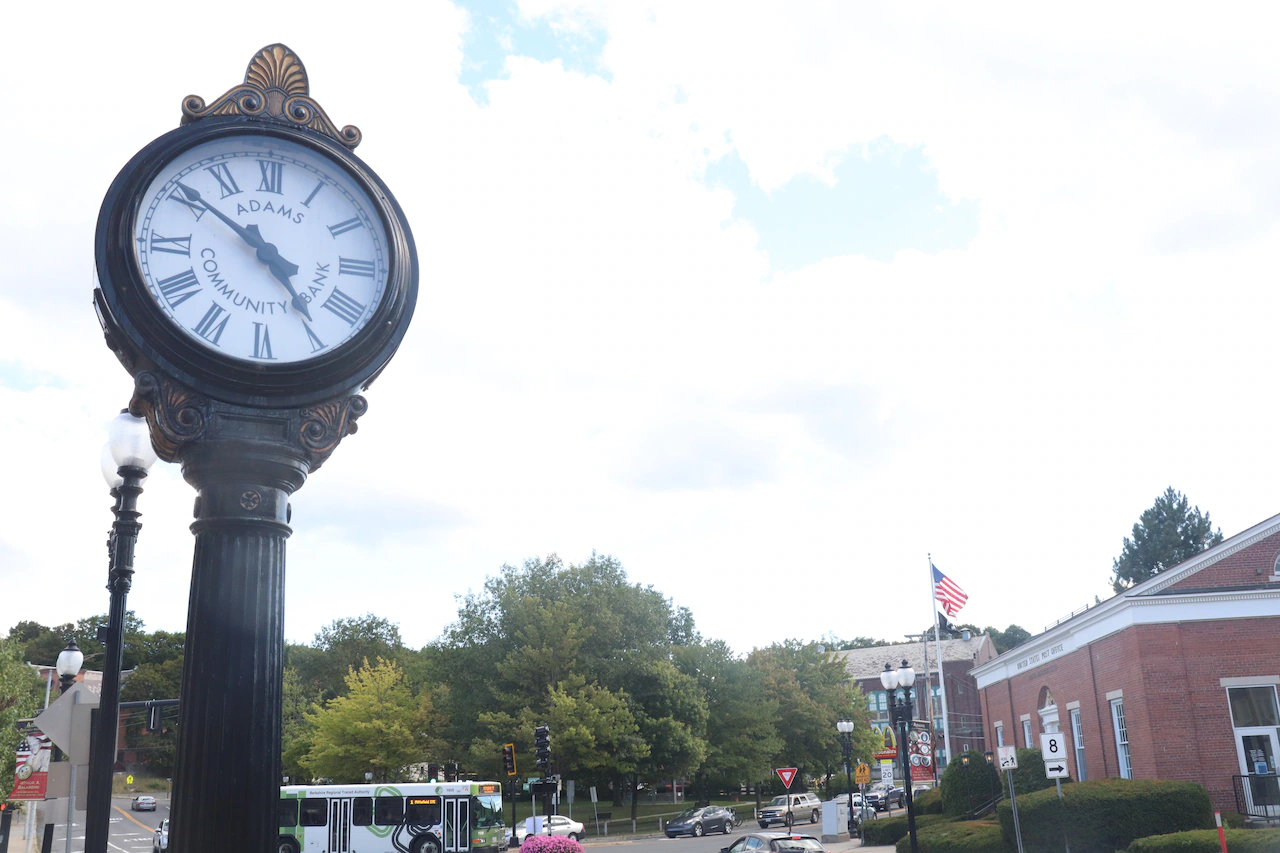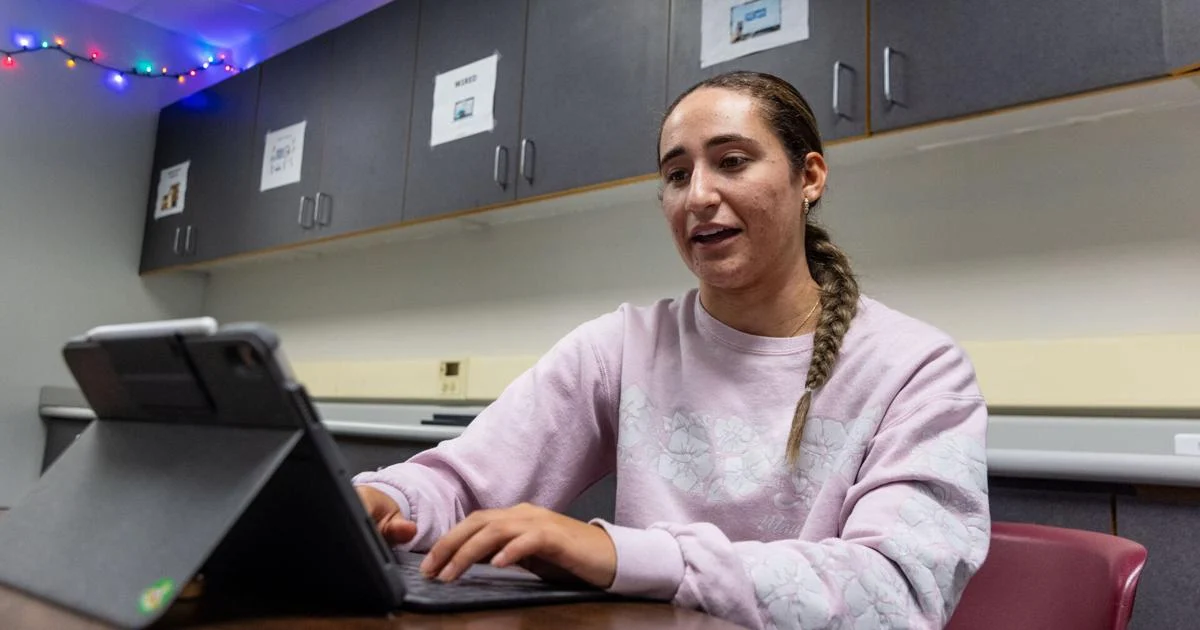Copyright MassLive

Daylight Saving Time 2025 comes to an end on Sunday, which means one more hour of sleep. Twice every year, citizens of the United States adjust their clocks — once in the spring and once in the fall. In the spring, the clocks are adjusted to give an extra hour of daylight during the summer months. In the fall, they are adjusted back to standard time for winter. Standard time, also referred to as “winter time,” accounts for only about 35% of the year, while DST lasts for 65% of the year at 238 days, according to National Institute of Standards and Technology (NIST). As a result, at 2 a.m. on Sunday, Nov. 2, 2025, clocks will turn back one hour to 1 a.m. — giving Americans an extra hour of sleep. Daylight Saving Time 2026 will begin on March 8. Daylight Saving Time was first introduced in the United States in 1918. Back then, it was previously called “Fast Time” but it only lasted for less than a year. Some cities, however, such as New York City, Pittsburgh and Boston, did still use “Fast Time” even though it ended nationally. President Franklin D. Roosevelt reintroduced the idea in 1942 under the term “War Time,” which lasted through 1945. There were no uniform rules for changing the clocks until 1966, when congress passed the Uniform Time Act. Despite Daylight Saving Time lasting for more than a century, a 2025 Gallup poll found that 54% of Americans would prefer to get rid of the time change altogther. In fact, not all states observe Daylight Saving Time, with Arizona and Hawaii being the two exceptions. Members of Congress have tried to do away with Daylight Saving Time. In 2021, the Sunshine Protection Act, which proposed making daylight saving time permanent nationwide, passed the Senate but stalled in the House. U.S. Sen. Ed Markey (D-Mass.) has recently renewed calls to end the “head-spinning ritual” of time changes, citing their impact on health, safety and the economy. Until that day comes, be prepared to turn those clocks back an hour on Sunday.



